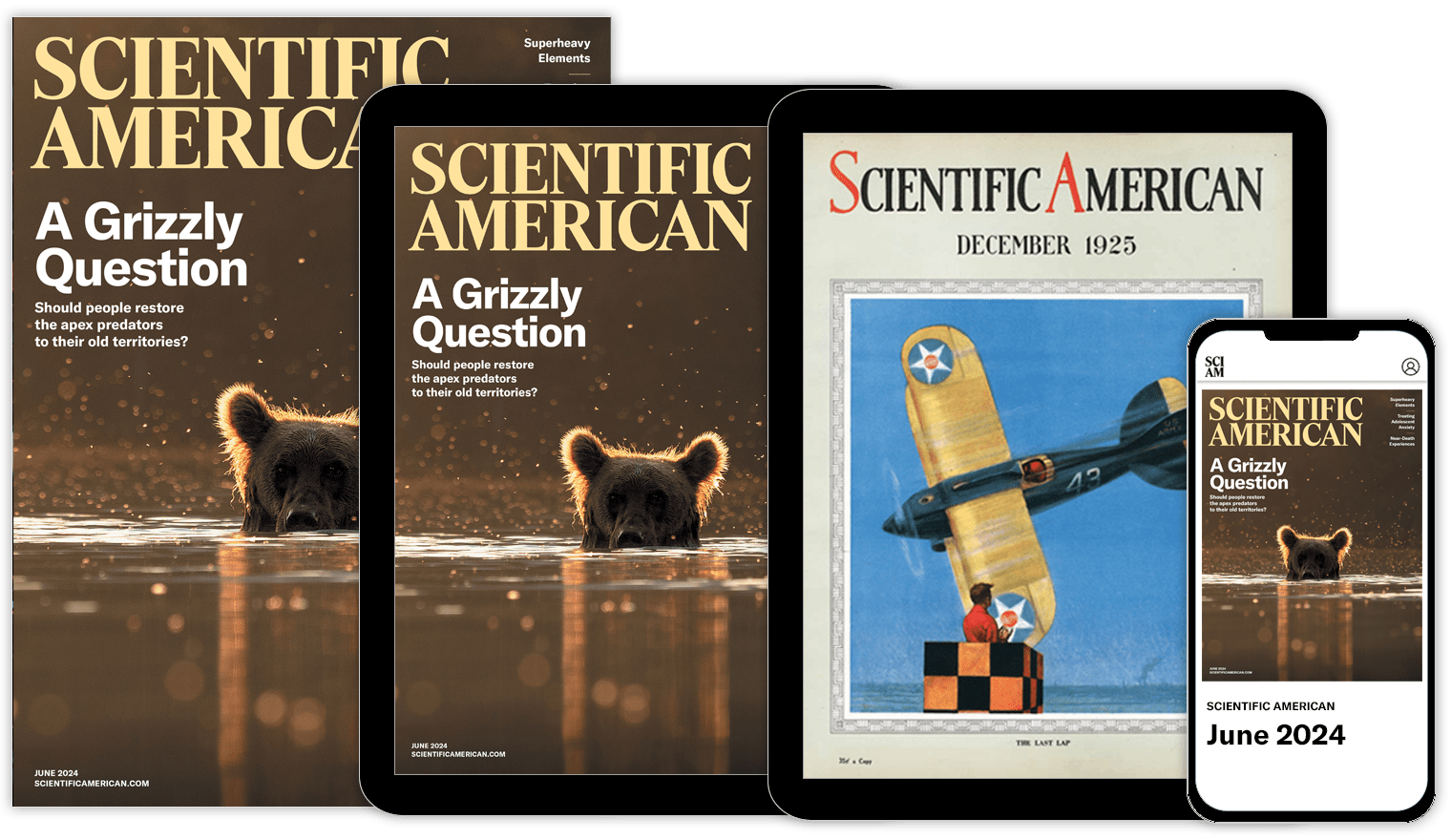圖片來源:約瑟夫·威廉姆斯 (JOSEPH WILLIAMS) |
開花植物,或稱被子植物的起源,是進化生物學的一大謎題。科學家們知道,它們至少在1.5億年前從裸子植物(或稱種子植物)中分化出來,但圍繞這次分裂的細節仍然難以捉摸。為此,一項針對古老被子植物譜系發育生物學的新研究可能會提供一些見解。根據今天發表在《自然》雜誌上的一份報告,池塘睡蓮Nuphar polysepalum(右圖)表現出一種關鍵被子植物特徵的中間形式。
被子植物的種子含有一種獨特的組織,稱為胚乳,它可以滋養髮育中的胚胎。(胚乳也是人類重要的營養來源,人類大量食用小麥、玉米、大米和大麥的種子。)這種組織在受精後形成,通常具有每個染色體的三個副本:兩個母本副本,一個父本副本。在科學術語中,胚乳是三倍體。相比之下,裸子植物的種子具有單倍體的營養組織,也就是說,它只包含每個染色體的一個副本。
支援科學新聞報道
如果您喜歡這篇文章,請考慮透過以下方式支援我們屢獲殊榮的新聞報道 訂閱。透過購買訂閱,您將幫助確保有關當今塑造我們世界的發現和想法的具有影響力的故事的未來。
學者們長期以來推測,三倍體胚乳是開花植物祖先的特徵。但科羅拉多大學生物學家約瑟夫·威廉姆斯 (Joseph Williams) 和威廉·弗裡德曼 (William Friedman) 進行的新研究表明情況並非如此。他們對Nuphar polysepalum胚胎和營養細胞 DNA 的檢查顯示,胚乳攜帶兩組染色體,一組母本染色體和一組父本染色體。考慮到化石和分子證據表明睡蓮是最古老的開花植物之一,作者認為它們的二倍體胚乳可能代表祖先狀態,是連線單倍體裸子植物和三倍體被子植物的中間形式。他們寫道:“在早期被子植物譜系中存在二倍體胚乳,使我們更接近於彌合開花植物及其種子植物祖先之間的巨大差距。”
